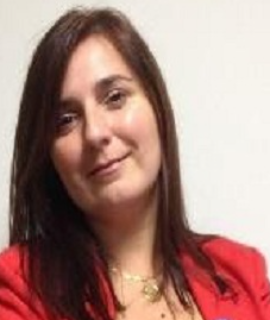Abstract:
Minor hearing loss can happen in children through different clinical pictures namely the unilateral sensorineural deafness, the high frequencies sensorineural deafness, the low frequencies sensorineural deafness and the light degree sensorineural deafness. The unilateral sensorineural deafness is a type of deafness with a variable degree that affects all the frequencies having as main etiology the epidemic parotitis or other viruses as well as vascular causes. The high frequencies sensorineural deafness is characterized by a hearing loss superior to 25 dB in two or more frequencies above the 2000 Hz whereas the low frequencies sensorineural deafness is characterized by thresholds above the 25dB within the 250 Hz and 500 Hz with thresholds of at least 15 dB within the 2000 Hz and 4000 Hz. As far as the light degree sensorineural deafness and according to the Bureau International d’Audiophonologie, we can define it as a sensorineural hearing loss with thresholds between the 20 and 40dB.
The minor hearing loss is difficult to diagnose as it settles in an early phase of the child’s development and the child will adapt to this situation. On the other hand, it is asymptomatic and the speech acquisition as well as the language development will occur without great compromise. However, the sounds spatial location and the information integration through auditory pathway will be compromised.
This auditory privation can have effects on the central auditory processing, leading to central auditory processing disorders. The American Academy of Audiology defines the central auditory processing as the information understanding processing in the central nervous system. It includes neuronal mechanisms affecting a multiplicity of auditory capacities: location of sound source and lateralization, auditory discrimination, recognition of auditory patterns and auditory temporal aspects. The presence of a disorder in the auditory processing has implications for the language understanding and learning leading to child’s scholarship, academic and social prejudice. The most frequent clinic manifestations are: problems in speech production involving the alteration of some phonemes; problems in expressive language with a disorganized speech and lexical impoverishment. The children with such disorder request the repetition of auditory information. As the minor hearing loss is, in most cases, asymptomatic it can only be detected with the implementation of auditory screening programmes that aims at identifying any auditory alteration early and will permit an early diagnosis. The approach of the central auditory processing and its disorders is focused on schoolchildren and on its impact on learning, language and auditory and communication skills. In this age, the presence of a minor sensorineural deafness must be a criterion for the evaluation of the central auditory processing. Once the diagnosis of an auditory processing disorder is made, these children must be recommended to auditory training programmes with excellent results in the paediatric population. According to a literature systematic review, we aim at understanding the relation between the minor sensorineural deafness and the child auditory processing disorders.
Keywords: Minor hearing loss, children, auditory processing disorders.




